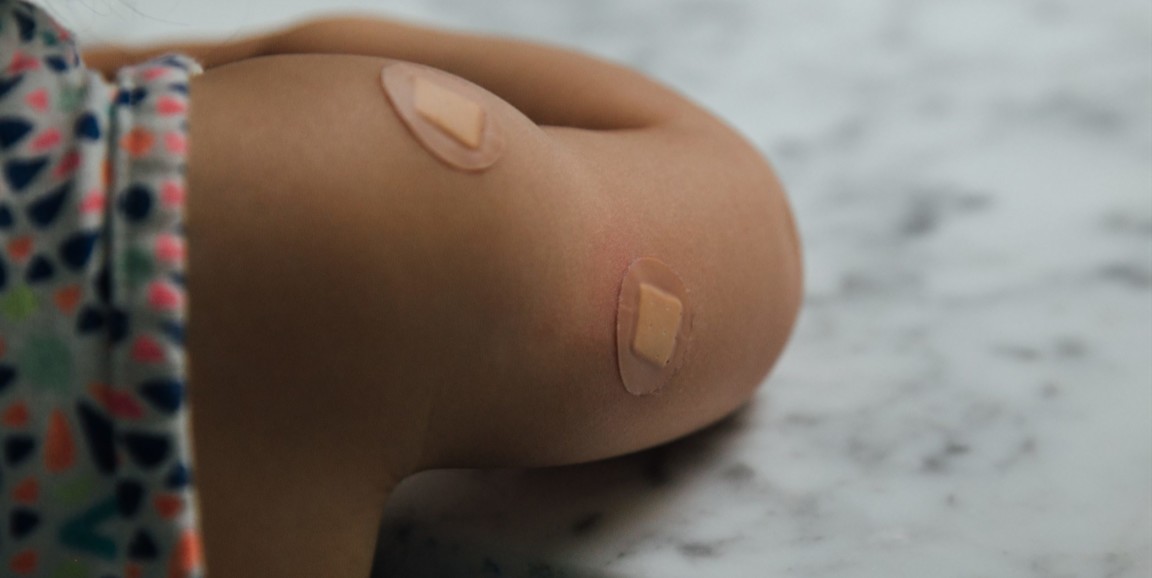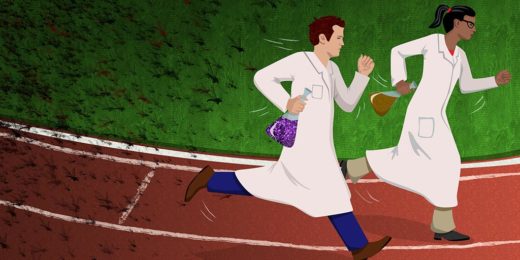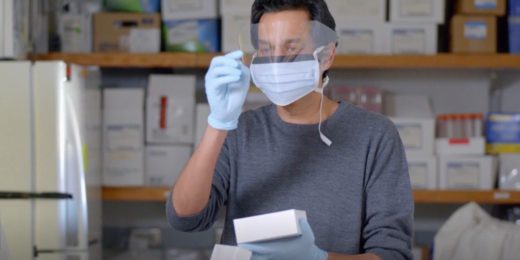The country's pediatricians have called for new COVID-19 vaccines to be appropriately vetted for safety and efficacy for everyone, including children, according to a recent letter sent to Alex Azar, secretary of the U.S. Department of Health and Human Services and Stephen Hahn, MD, commissioner of the U.S. Food and Drug Administration.
The American Academy of Pediatrics sent the letter -- which was co-written by Stanford pediatric infectious disease expert Yvonne Maldonado, MD, and signed by AAP President Sara Goza, MD -- to the federal officials late last month.
"The administration is clearly in a hurry to get COVID-19 vaccines out, and we understand that," Maldonado told me. But leaders at the academy, which represents 67,000 pediatricians across the country, became worried that the federal government might take shortcuts in testing and approving COVID-19 vaccines.
"We wanted to make clear what we, as an academy, would consider proper vetting," Maldonado said. "We want to be transparent so nobody is caught by surprise [later] if we don't agree with their definition of safety and efficacy."
The letter also draws specific attention to the academy's concerns that children aren't being included in COVID-19 vaccine trials.
Keeping vaccine recipients safe
Vaccines are generally given to healthy people, and a new COVID-19 vaccine would likely be offered to most or all of the U.S. population. Because of this, the burden of proof for safety is extremely high, Maldonado said.
The academy's recommendations outline stringent safety metrics for prospective vaccines, including large clinical trials with enough participants and time spent on testing to detect any adverse reactions. Clear efficacy thresholds for the trials should also be set in advance.
Data from vaccine trials must be made publicly accessible, the letter said, and plans for how to analyze the data should be pre-set to ensure that findings are not cherry-picked afterward.
The ability to prompt the human body to generate antibodies against the SARS-CoV-2 virus should not be the only marker of a possible vaccine's success; evidence of vaccine efficacy also should be required, the letter said. In addition, vaccine trials should include people from diverse groups, so the findings can be trusted to represent what will happen when COVID-19 vaccines are given to the population at large.
Including kids in vaccine testing
As pediatricians, the letter writers felt it was important to stress the importance of children being included in COVID-19 vaccine trials. Maldonado said it's worrisome that, until very recently, current trials have not planned to include them.
Though children appear less likely than adults to have serious symptoms if they get COVID-19, ensuring that vaccines work in children is an important part of the overall strategy to quell the pandemic. "Some people think kids should be allowed to get the natural disease," Maldonado told me. "I think that's a mistake."
More than 100 children in the United States have died of COVID-19 so far and thousands have been hospitalized, she noted, adding that policy makers have a duty to prevent such loss and suffering if possible.
Maldonado said that asymptomatic children can spread SARS-CoV-2 to adults in their household who are at risk for serious illness, so it's crucial for kids to be vaccinated against it.
Considering all these factors, she said, vaccines should be tested in children to show that they are safe and effective for them.
"We can't assume that a vaccine will work the same way in children as adults," she said. "If their immune response to the virus is different, their immune response to a vaccine may be different as well."
Photo by Charles Deluvio






